Process optimization of chitosan extraction and deacetylation in ants
DOI: 10.23977/analc.2023.020111 | Downloads: 8 | Views: 321
Author(s)
Li Shuping 1, Hu Teng 1
Affiliation(s)
1 Department of Biology and Food Engineering, Bozhou University, Bozhou, Anhui, 236800, China
Corresponding Author
Li ShupingABSTRACT
In this experiment, ants were used to extract lipids and proteins, and then decolorized. Finally, the alkali immersion method was used to remove acetyl groups and extract chitosan. The effect of alkali immersion method on the deacetylation of chitosan was determined by different temperature, treatment time and material-liquid ratio, so as to obtain the best conditions of deacetylation of chitosan. The experimental results show that the optimal condition for deacetylation of chitosan is 85℃, time 4 h, material-liquid ratio of 1:25. Chitosan has physiological functions such as bacteriostasis, fat reduction, anticancer, and improving immunity. It contains excellent cell affinity, degradability and biocompatibility, as well as various health functions such as enhancing immunity, improving digestive function, reducing cholesterol, regulating human acid-base metabolism balance, and eliminating harmful heavy metals.
KEYWORDS
Deacetyl; optimal condition; chitosanCITE THIS PAPER
Li Shuping, Hu Teng, Process optimization of chitosan extraction and deacetylation in ants. Analytical Chemistry: A Journal (2023) Vol. 2: 85-93. DOI: http://dx.doi.org/10.23977/analc.2023.020111.
REFERENCES
[1] Wang Dongyang, Li Yongfeng, Jiao Anying, et al. Extraction and application of chitosan technology [J]. China Sugar beet Sugar industry, 2008 (02): 4.
[2] Kong Qing, Zhao Yuhang, Zhao Meng, et al. Preparation of chitosan from Yingkou shrimp shells [J]. Shandong Chemical Industry, 2023, 52 (01): 16-18.
[3] Shang Ling, Yin Xia, Yin Li. Extraction of chitin and chitosan [J]. Contemporary Medicine Theory Series, 2012, 10 (04): 450-450.
[4] Liu Zhenghao, Wu Guangchen, Wang Tingxin. Research on the mechanism and application of chitosan-fresh food [J]. Food Science, 2005 (08): 533-537.
[5] Wu Yougen, Chen Jinyin. Research status and prospect of chitosan in fruit and vegetable preservation [J]. Food and Fermentation Industry, 2002 (12): 52-56.
[6] Yan Biyun, Li Xi, Huang Aini, et al. Application of chitosan garlic and ginger composite film in cooling pork preservation [J]. Food Additives in China, 2021, 32 (12): 72-81.
[7] Guo Junhua, Zhang Zengshuai, Ma Xin, et al. The influence of Chinese pepper extract and chitosan composite film on the preservation effect of winter jujube [J]. Food Engineering, 2021 (01): 20-24.
[8] Zhang Qi, Wang Chunhong. Progress in the application of chitosan and plant extracts in food preservation [J]. Modern Food, 2021 (24): 78-81 + 94.
[9] Sun Sisheng, Zhang Xiaojuan, Zhang Gang, et al. Effect of different concentrations of cassia bark clove extract combined with chitosan coated film on post-harvest physiology of summer black grape [J]. Jiangsu Agricultural Science, 2021, 49 (05): 164-168.
[10] Jane Na, Zheng Minglu. Effect of chitosan and derivatives in pharmaceutical preparations [J]. Modern Salt Chemical Industry, 2021, 48 (03): 37-38.
[11] Sun Rensong, Zhang Jianbin, Fang Jiani, etc. Application of chitosan nanoparticles as a drug delivery system in cancer therapy [J]. Clinical Pharmacology and Therapeutics in China, 2021, 26 (01): 65-75.
[12] Tan Mao, Duan Yaling, Zhou Mengchun, et al. Analytical method of chitosan and its application progress in agriculture [J]. Pesticide, 2021, 60 (01): 6-10 + 17.
[13] Li Yanyan, Zhang Shanshan, Ren Guodong. Progress of chitin extraction in crustaceans, insects, fungi [J]. Food Research and Development, 2015, 36 (07): 5.
[14] Zhao Xin, Liu Xiaoyan, Gao Mengdie, et al. Progress on the comprehensive development and utilization of ant resources in China [J]. Technology and Innovation, 2020 (19): 141-143.
[15] Yang Zhixin, Liu Hui, Xu Guijun, et al. Progress in the chemical composition, pharmacological effects and clinical application of black ants [J]. Pharmacy in China, 2020, 31 (09): 1148-1152.
| Downloads: | 531 |
|---|---|
| Visits: | 19750 |
Sponsors, Associates, and Links
-
Forging and Forming

-
Composites and Nano Engineering
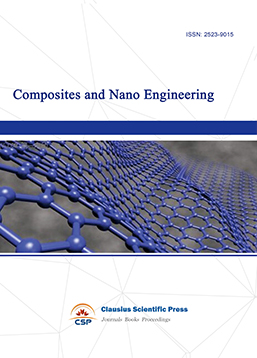
-
Journal of Materials, Processing and Design
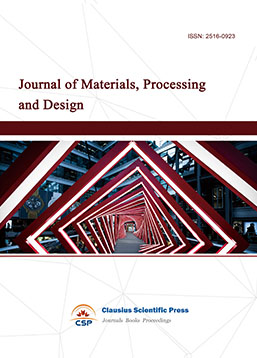
-
Metallic foams
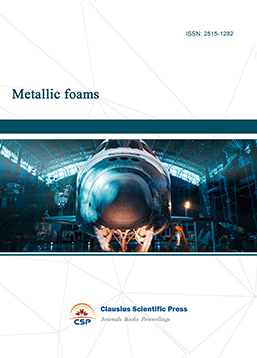
-
Smart Structures, Materials and Systems

-
Chemistry and Physics of Polymers
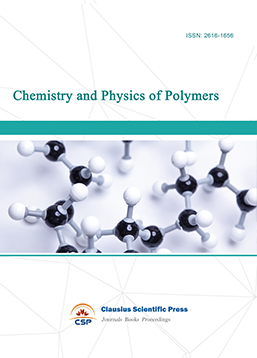
-
Modern Physical Chemistry Research
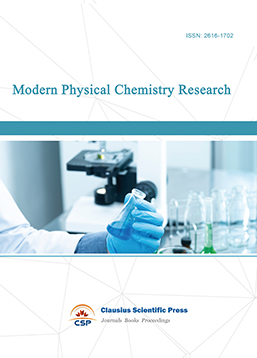
-
Inorganic Chemistry: A Journal

-
Organic Chemistry: A Journal
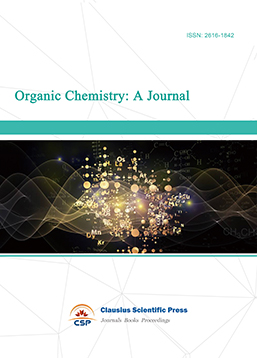
-
Progress in Materials Chemistry and Physics

-
Transactions on Industrial Catalysis
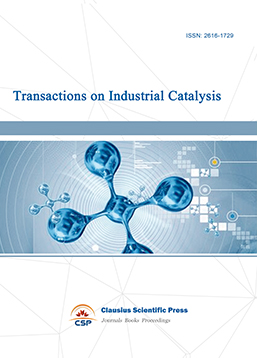
-
Fuels and Combustion

-
Casting, Welding and Solidification
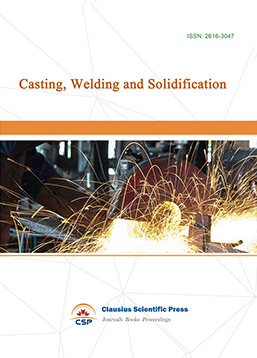
-
Journal of Membrane Technology
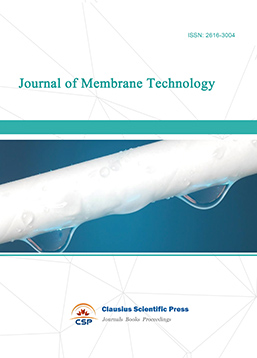
-
Journal of Heat Treatment and Surface Engineering
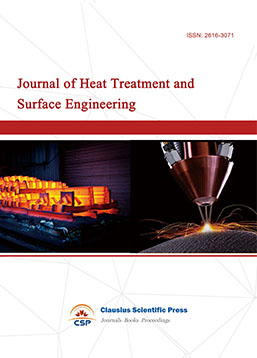
-
Trends in Biochemical Engineering

-
Ceramic and Glass Technology

-
Transactions on Metals and Alloys
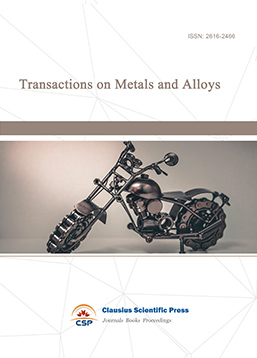
-
High Performance Structures and Materials
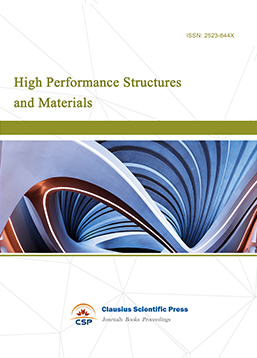
-
Rheology Letters

-
Plasticity Frontiers

-
Corrosion and Wear of Materials

-
Fluids, Heat and Mass Transfer

-
International Journal of Geochemistry
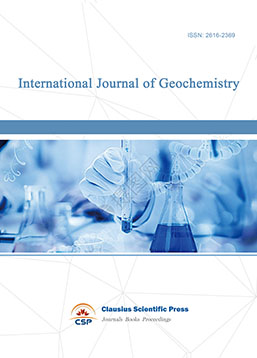
-
Diamond and Carbon Materials
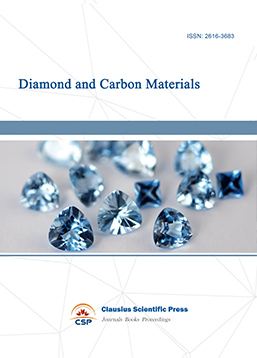
-
Advances in Magnetism and Magnetic Materials
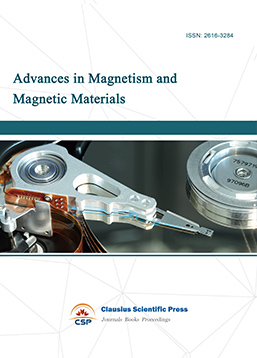
-
Advances in Fuel Cell

-
Journal of Biomaterials and Biomechanics
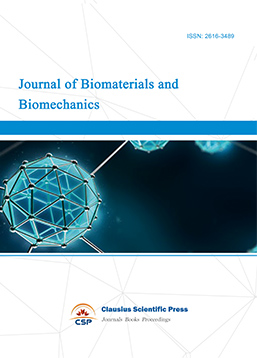

 Download as PDF
Download as PDF